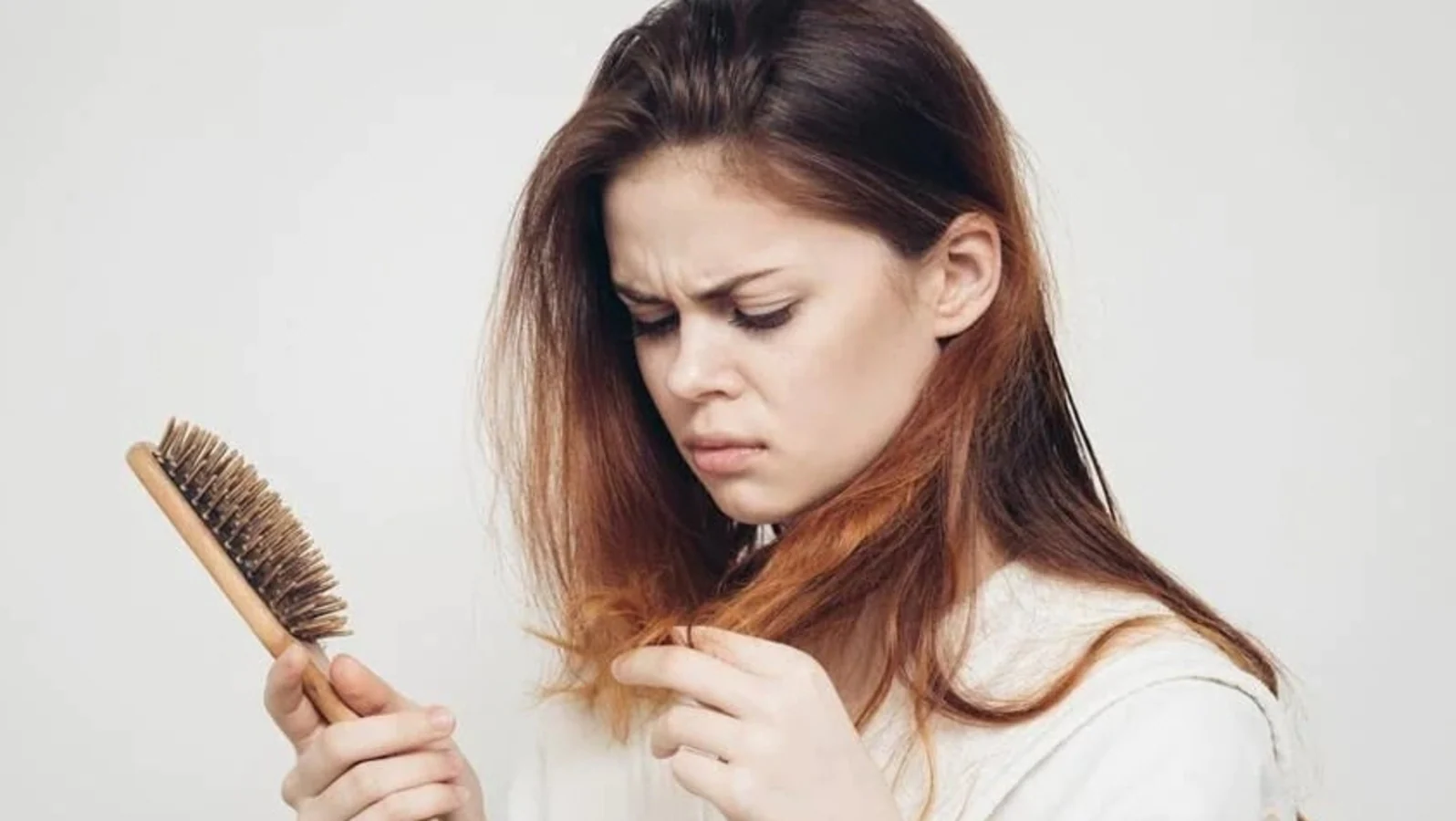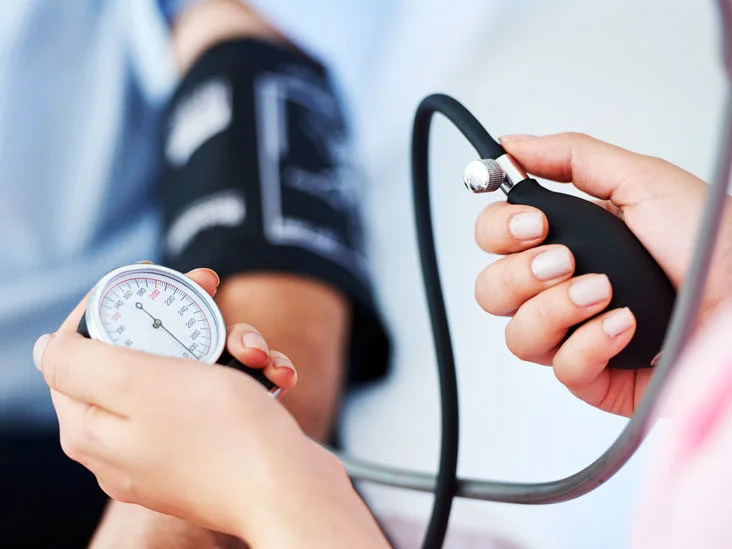Heat stroke, Sunstroke, Hyperthermia, Sunburn
Root Cause of Disease
Sunstroke, also known as heatstroke, is a serious form of heat-related injury or hyperthermia. It is a condition caused by the overheating of the body due to prolonged exposure or physical activities in the high temperature. In the case of the most serious form of heat injury, the body temperature rises to more than 104 F.
It requires immediate medical treatment and mostly occurs during the summer months. If left untreated, heatstroke can affect the brain, kidney, heart, and muscles. This keeps on worsening if the treatment is delayed and can also lead to an increase in the risk of death.
Symptoms
Sunstroke symptoms can be observed differently in different individuals. It can include the following signs and symptoms:
- Increase in body temperature (more than 104 F)
- Dryness or slight moistness in the skin
- Nausea and vomiting
- Redness in the skin due to an increase in body temperature
- Breathing may become rapid
- Racing heart rate
- Behavioral changes like confusion, agitation, and disorientation
- Severe, throbbing headache
- Weak or cramping muscles
- No sweating despite being very hot
- Dizziness, feeling faint or fainting, Seizures
- Confusion and agitation
- Loss of consciousness
See your doctor promptly if the symptoms worsen.
Causes
The contributing factors to the sunstroke causes include the following:
- Exposure – Being out or exposed to the hot environment can lead to a rise in the core body temperature, which can lead to heatstroke.
- Physical activity – Intense physical activity can lead to an increase in body temperature that can cause sunstroke.
- Excessive Clothing – Wearing too much clothing can prevent sweat from evaporating quickly and cooling the body.
- Drinking alcohol.
- Dehydration.
Who is at risk of sunstroke?
Though anyone can develop sunstroke at any age, certain factor increases the risk, including:
- Age – Adults who are more than 65 years are at a higher risk because the ability to cope with extreme heat begins to deteriorate.
- Sudden exposure – Sudden exposure to an increase in temperature can cause heatstroke.
- Lack of air conditioning – Air conditioning helps a lot during summer to cool down. Lack of it can lead to sunstrokes.
- Medications – A few medicines can act as a stimulant to make heatstroke more vulnerable.
- Health conditions – Few illnesses related to heart or lung can increase the chances of sunstroke.
Home Remedies to treat Sunstroke
Remedy – 1: Cold bath
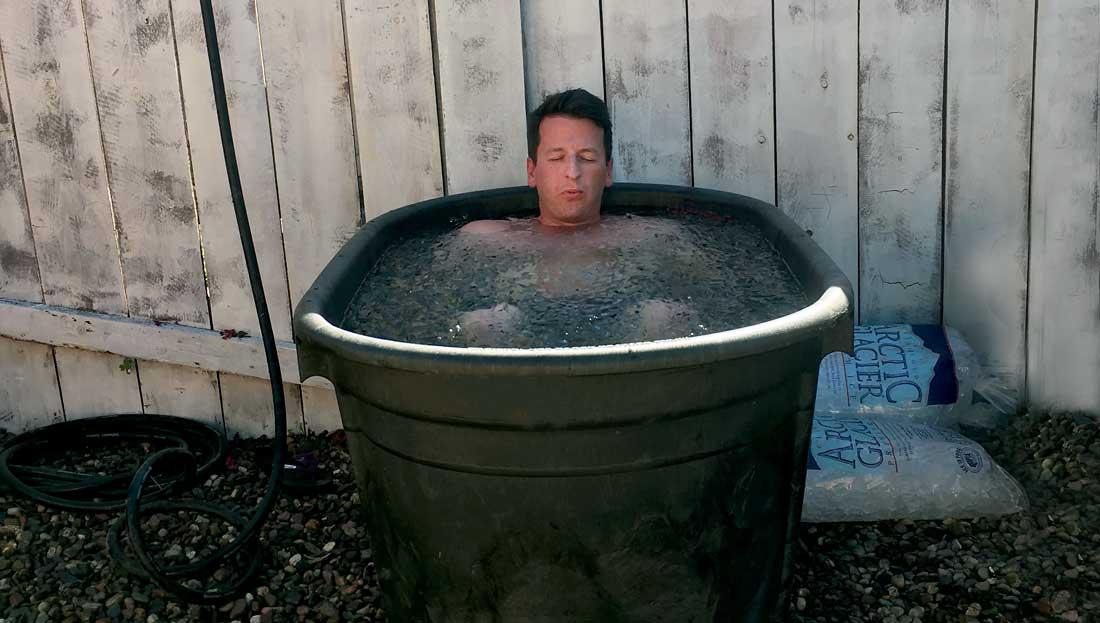
Procedure:
Take a cold bath
After performing an outdoor activity in the sun, consider taking a cold bath to lower your body temperature. An excellent way to do this is by immersing yourself in ice water. The quicker you do this, the faster you mitigate the risk of organ damage or death.
Put a cold compress on the back of your neck
Get a cold compress and place it on the back of your neck. Pack a special cooling blanket with ice and press it gently on your neck, armpits, and groin. You can also put the cold compress on your palms and feet soles to lower your body temperature.
Rehydrate with water
When the temperature is high, the body will lose much water and salt through sweating. To rehydrate your body, drink large amounts of fluids that contain salt and water, such as sports drinks. If you are restricted from taking salt, first check with your doctor.
Stay in a shady and/or air-conditioned place
Staying under a shade or an air-conditioned place can help to lower your temperature. If you have no air conditioner at home, find a building with air conditioning, like a movie theatre, mall, or a public library. Stay there until the symptoms of heat stroke disappear.
Remedy – 2: Buttermilk
Materials: Yogurt
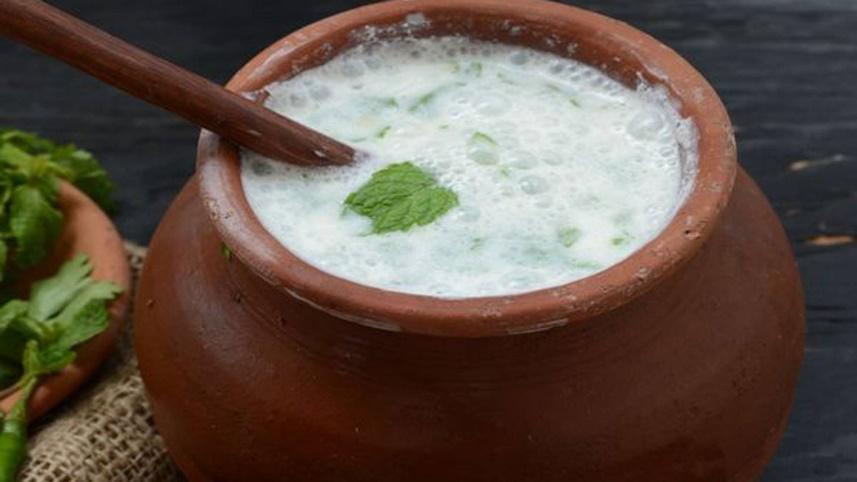
Buttermilk contains probiotics, proteins, and vitamins that replenish your body temperature.
Ingredients
- 2 tablespoons of yogurt
- A glass of water
- A pinch of salt
- A pinch of cumin powder
Procedure:
- Blend the yogurt with water.
- Now add salt and cumin powder to it. Mix well.
- Pour it in glass and serve.
Remedy – 3: Tamarind Drink
Materials: Tamarind
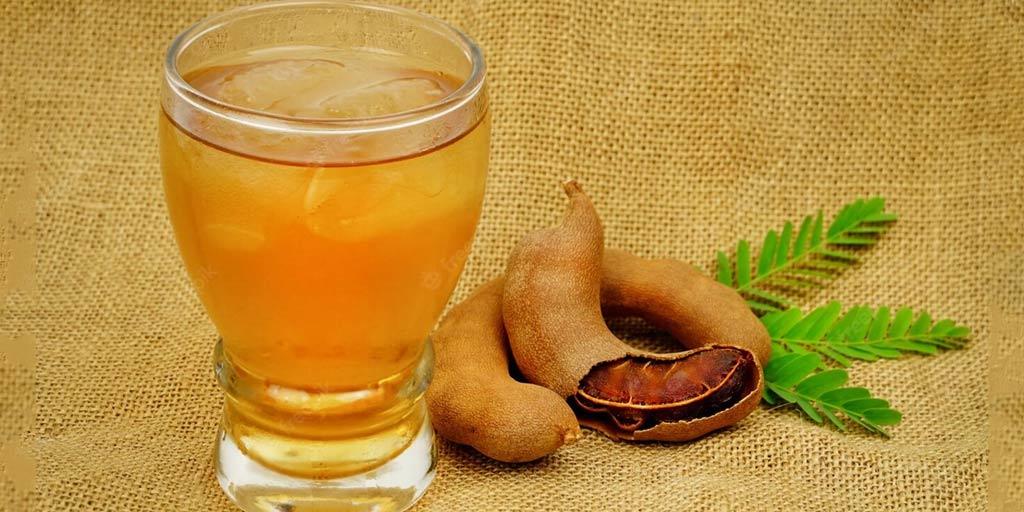
Procedure:
- Tamarind is rich in vitamins, minerals, and electrolytes.
- Soak some tamarind in boiling water.
- Strain it and drink it with a pinch of sugar.
- This lowers your body temperature.
- Tamarind juice also acts as a mild laxative and helps in treating stomach disorders.
Remedy – 4: Aam Panna
Materials: Mango
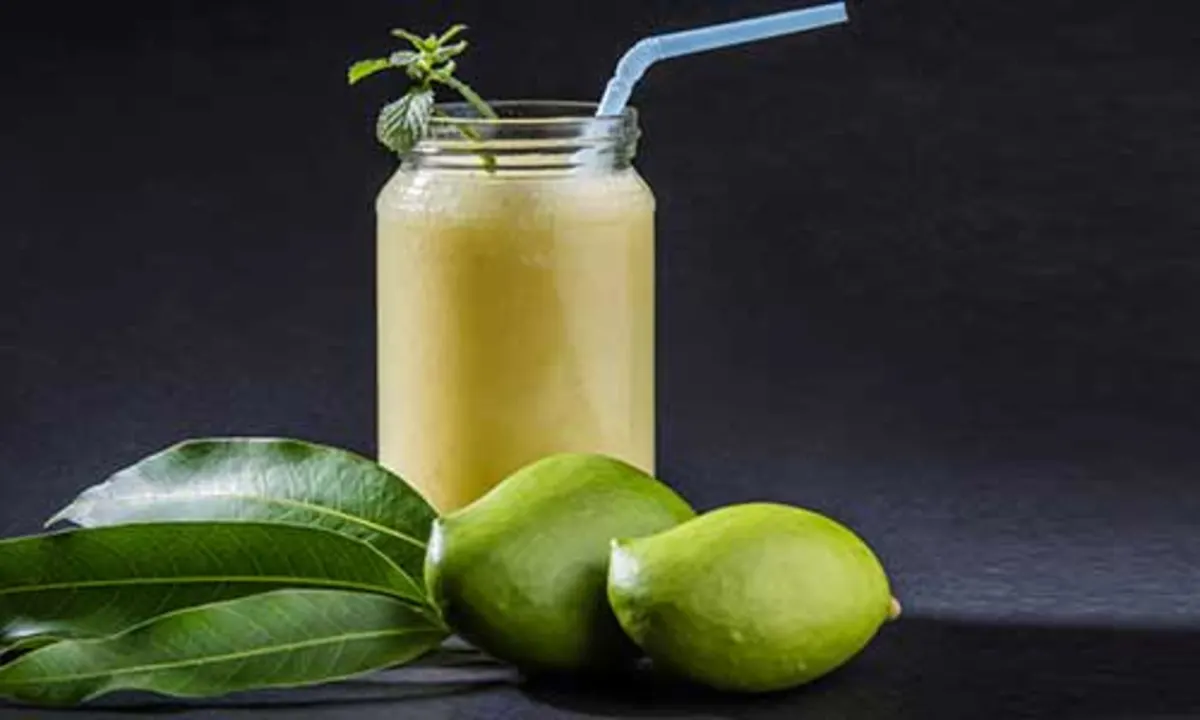
With summer also comes the season of “king of fruits”, Mango. Aam Panna is mostly used as the drink delicacy, however, you must know other benefits. It is also used to treat a heat stroke. We are sure your mothers and grandmothers are already using this as one of the home remedies for heat stroke, Check your fridges now!
Ingredients of Aam Panna:
- 2 Green raw mangoes
- 3 tbsp brown sugar
- 1 tbsp cumin powder
- 2 tbsp black salt
- 1 tbsp salt
- 2 cups water
- Mint leaves
- Ice
Procedure:
- Place the mangoes along with water in a sauce-pan and Boil them. Simmer for 10 minutes until it gets soft from inside.
- Let the mangoes cool and then peel them off with the help of a spoon.
- Grind the pulp with the appropriate amount of water to make a thick paste of it.
- Now put the paste in a pan and add brown sugar. Let it cook on the flame till the sugar dissolves completely.
- Keep stirring it continuously or else it will burn.
- After the sugar has dissolved completely, remove the pan from fire to add cumin powder, black salt and salt to the mixture.
- To make the drink: Add 1-2 tbsp of the mango mixture to a tall glass of chilled water. Mix well.
- Garnish with mint leaves and serve.
Remedy – 5: Onion Juice
Materials: Onion
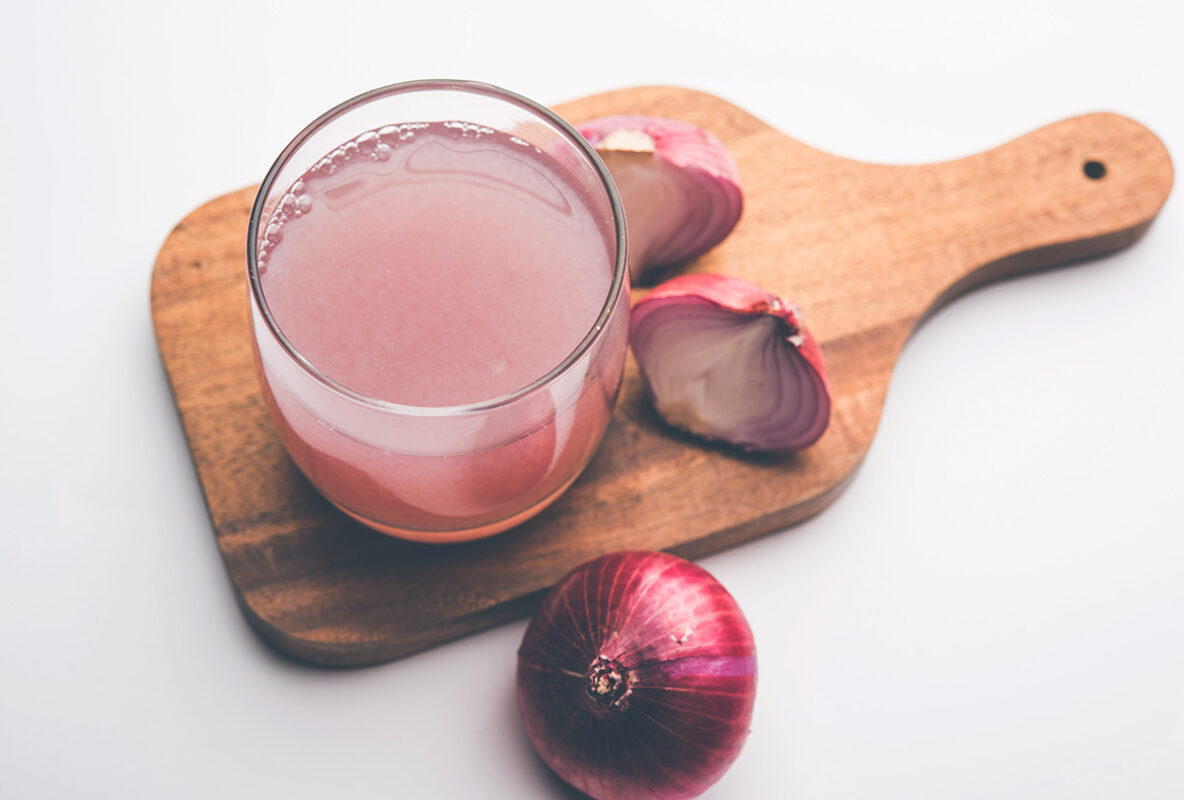
We hear your “eww” already. It sounds really bad, but onion juices are one of the most effective home remedies for heat strokes. Red Onion has a compound called quercetin that can act against histamine. Eating raw onion can boost your immunity and thus you can include them in your diet in the form of salad.
Procedure:
There are two ways to use onion juice for heat stroke.
- Apply onion juice behind the ears, under the feet, and on your chest. Leave it on.
- You can also drink a teaspoon of onion juice with a teaspoon of honey.
Other Remedies
Coriander and mint juice
You can make a juice by mixing the juice extracted from the fresh coriander leaves, the juice from extracted fresh mint leaves, and a pinch of sugar. This natural cure makes wonders for the healing process of heat exhaustion. Also, you can apply the coriander juice topically to soothe the burnt itchy skin because it possesses wonderful cooling properties.
Coconut water
This is a very effective home remedy for the natural treatment of heat exhaustion because it can rehydrate your body and restore the electrolytes in your body and it will make you feel better instantly. Coconut water is made of a nutrient that is identical to our blood plasma and it is extremely nourishing after all kinds of physical activities.
Preventions
Heatstroke is predictable and preventable. Take these steps to prevent heatstroke during hot weather:
Wear loose fitting, lightweight clothing
Wearing excess clothing or clothing that fits tightly won’t allow your body to cool properly.
Protect against sunburn
Sunburn affects your body’s ability to cool itself, so protect yourself outdoors with a wide-brimmed hat and sunglasses and use a broad-spectrum sunscreen with an SPF of at least 15. Apply sunscreen generously, and reapply every two hours — or more often if you’re swimming or sweating.
Drink plenty of fluids
Staying hydrated will help your body sweat and maintain a normal body temperature.
Take extra precautions with certain medications
Be on the lookout for heat-related problems if you take medications that can affect your body’s ability to stay hydrated and dissipate heat.
Never leave anyone in a parked car
This is a common cause of heat-related deaths in children. When parked in the sun, the temperature in your car can rise 20 degrees F (more than 11 C) in 10 minutes.It’s not safe to leave a person in a parked car in warm or hot weather, even if the windows are cracked or the car is in shade. When your car is parked, keep it locked to prevent a child from getting inside.
Take it easy during the hottest parts of the day
If you can’t avoid strenuous activity in hot weather, drink fluids and rest frequently in a cool spot. Try to schedule exercise or physical labor for cooler parts of the day, such as early morning or evening.
Get acclimated
Limit time spent working or exercising in heat until you’re conditioned to it. People who are not used to hot weather are especially susceptible to heat-related illness. It can take several weeks for your body to adjust to hot weather.
Be cautious if you’re at increased risk.
If you take medications or have a condition that increases your risk of heat-related problems, avoid the heat and act quickly if you notice symptoms of overheating. If you participate in a strenuous sporting event or activity in hot weather, make sure there are medical services available in case of a heat emergency.

